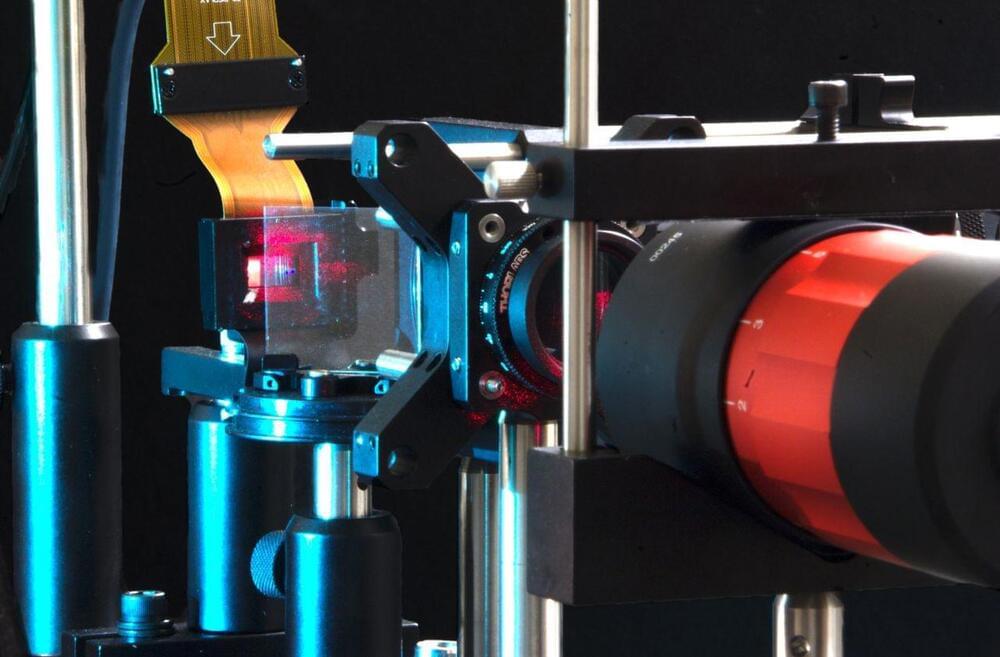Virtual and augmented reality headsets are designed to place wearers directly into other environments, worlds, and experiences. While the technology is already popular among consumers for its immersive quality, there could be a future where the holographic displays look even more like real life. In their own pursuit of these better displays, the Stanford Computational Imaging Lab has combined their expertise in optics and artificial intelligence. Their most recent advances in this area are detailed in a paper published today (November 12, 2021) in Science Advances and work that will be presented at SIGGRAPH ASIA 2021 in December.
At its core, this research confronts the fact that current augmented and virtual reality displays only show 2D images to each of the viewer’s eyes, instead of 3D – or holographic – images like we see in the real world.
“They are not perceptually realistic,” explained Gordon Wetzstein, associate professor of electrical engineering and leader of the Stanford Computational Imaging Lab. Wetzstein and his colleagues are working to come up with solutions to bridge this gap between simulation and reality while creating displays that are more visually appealing and easier on the eyes.
